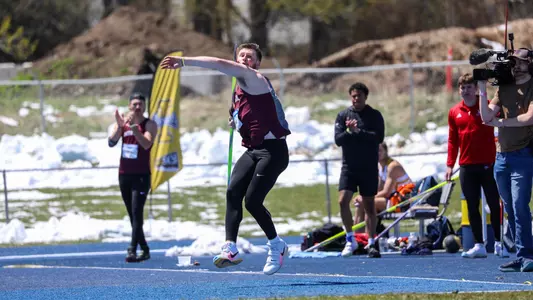How 4throws can Save You Time, Stress, and Money.
How 4throws can Save You Time, Stress, and Money.
Blog Article
4throws Fundamentals Explained
Table of ContentsSome Known Details About 4throws The Single Strategy To Use For 4throwsIndicators on 4throws You Need To KnowGetting The 4throws To WorkAll about 4throws
If not, the young bottles might be most likely to have joint and shoulder injuries. It is common for a train to "take out" a pitcher when the optimum variety of pitches has actually been tossed or if the game circumstance asks for a modification. If the pitcher remains to play in that video game, he should be put at shortstop or 3rd base where long hard tosses are required on an already weary arm.This combination leads to as well many tosses and raises their threat of injury - Javelins. The best place is transferring to 2nd or first base where the tosses are shorter and less anxiety is positioned on the arm. It is also important to know for how long to rest young bottles in order to allow the very best recovery in between trips
Pitchers should likewise ice their shoulders and elbow joints for 20 minutes after throwing to advertise healing. Some players may play on even more than one group in a season. This warrants close attention to proper rest. Body and arm fatigue change mechanics and result in injury. When using several groups, take into consideration pitching on just one and playing an area setting on the various other (not catcher).
Any person can throw a sphere "over-hand," however not everyone can do it well. While tossing a ball shows up easy, it is actually a complex collection of activities. Exact pitching with pressure or speed needs the whole body and not just the shoulder and arm. Every part of the bone and joint system is literally involved.
Little Known Questions About 4throws.

(https://www.merchantcircle.com/4throws-miami-fl#tips)The shoulder joint is included three bones, scapulae, clavicle and humerus. The head of the humerus hinges on the Glenoid fossa of the scapula where it articulates when the muscles of the shoulder contract to relocate the arm. The head is held "versus" the glenoid surface through the four Potter's wheel Cuff (RTC) muscular tissues, which act together and form a pressure pair when the arm is moved.
The additional the shoulder can be externally rotated while it is abducted, the greater the ball can be thrown with pressure and speed, offering all various other body parts and movements remain in synch. If any type of aspect of these mechanics is "off," an injury can take place to the shoulder or joint that can cause the inability to throw a round.
It is the start of the tossing movement, preparing the "body parts" for the act of tossing a sphere. Activity takes place in the lower extremities and torso where the substantial majority of "power" to throw a round is produced. Shotput. In this stage, the shoulder musculature is minimally active. This phase prepares the arm to be able to toss the ball.
What Does 4throws Mean?
This shoulder setting puts the former upper quadrant musculature on a "stretch" and prepares it to acquire forcefully when the arm starts to move on in the next stage of the tossing movement. The body begins to move on towards its target throughout this phase. The lead shoulder is guided at the target and the throwing arm continues to move into extreme outside rotation.

When the round is released, the posterior quadrant musculature begins to acquire eccentrically and strongly to slow down and regulate the rotational speed of the Humeral head. Theoretically, if the eccentric control of the Humeral head did not happen the arm would remain to turn inside and "rotate" out of hand.
4throws for Beginners
The amount of eccentric contractile pressure that happens can harm the posterior musculature if they are not trained appropriately. content The final stage of tossing is the follow-through. This stage decreases all body motions and quits the forward motion of the body. The body comes to rest, and the muscle activity go back to a peaceful state.
Tossing a round "over-hand" includes motion in all parts of the body. If the technicians are executed correctly, the sphere can be tossed with excellent speed and accuracy. If the body is trained correctly, the act of tossing can be performed repetitively without creating an injury to the tossing shoulder.

Paul Whatley, M.D. "When I was a youngster, baseball was just in the spring and very early summer season, so children had lots of time to recover from any kind of concerns connected to recurring movements and anxiety," he claims. "Currently, in order to stay up to date with everybody else, there is extreme stress for gamers to go from the springtime season straight right into summertime 'All-Star' competitions and showcases, complied with by 'Autumn Sphere.' As a result, there can be really little time for the body to recuperate from a sport where repetition is the vital to creating the muscle mass memory for success.
The 5-Minute Rule for 4throws
When this motion is done over and over at a high rate of rate, it puts significant stress and anxiety on the development areas of the joint and the anatomical structure of the shoulder, specifically in the late cocking and follow-through phases. As a result of this, some of the most typical injuries seen in baseball players impact the shoulder and elbow.
Report this page